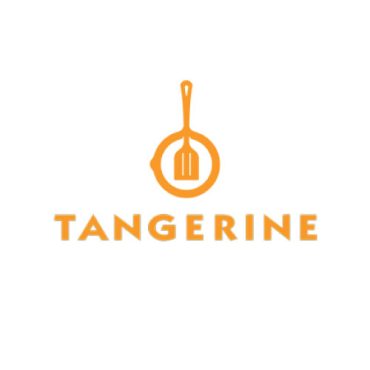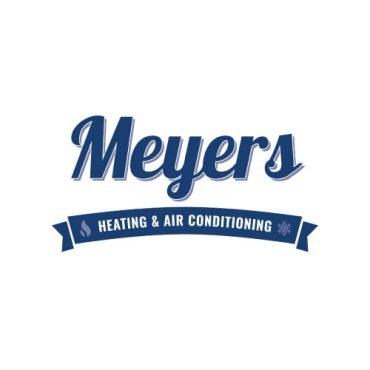Over the course of just a few months, the 2019 novel coronavirus pandemic has drastically altered the world and its functions. For the U.S., it’s been a chaotic few weeks to say the least, and this is only the beginning. Listen as KGNU’s Lucy Haggard looks to the arts and culture industry to understand more.
Listen to the report below:
-
 play_arrow
play_arrow
Local Arts and Culture Venues Struggle in COVID-19 Crisis Maeve Conran
The Molly Brown House Museum is just one of many arts and culture organizations in the metro area, and around the state and country, that have been forced to close to mitigate the spread of COVID-19. As of Saturday, March 14, the museum has closed its doors to the public indefinitely, though hopefully not forever. Andrea Malcolmb has been the museum’s director for decades, and considers the pandemic an “unprecedented” situation.

“The most we’ve ever had to decide on closures is when Colorado has one of its lovely snow days,” Malcomb said.
But museums are just one part of the sector. For a performing arts perspective, take the Arvada Center. President and CEO Philip Sneed said that the theater initially tried to adapt to the virus, by increasing cleaning procedures and delaying performances by just a week or two. But that just wasn’t enough.
“It became untenable to do anything besides cancel shows for the next couple of months and close the building entirely,” Sneed said.
COVID-19 is highly contagious. Governments from the local to national scale have advised and even mandated that people take measures to limit the spread of the virus. In Colorado, Governor Jared Polis has asked most people to work from home and avoid gathering in groups larger than ten people.
But it’s hard to work from home when your office is a stage, and like other industries, the arts are experiencing rolling layoffs. At the Arvada Center, many of the behind-the-scenes workers are on contracts that routinely exclude a couple months during the summer. With the theater closing early, Sneed says contractors will likely endure a longer time without work.
“We’re keeping them on payroll this week and next week at least, because there’s still work to do to strike production sets, and do end of season cleaning and organizing,” Sneed said. “We’re trying to find a way to keep them on as long as possible so the seasonal hiatus isn’t any longer than it would be, but it’s going to be a challenge.”
Of course, this isn’t just the Arvada Center. Cultural organizations often operate under incredibly tight budgets that depend on staying open, in all senses of the word. Kelly Dunkin, president and CEO of the Community First Foundation, knows this all too well. The Community First Foundation operates Colorado Gives Day, which helps nonprofits raise funds both on a specific day of the year as well as all year round. She notes that many organizations have had to cancel fundraising events, but that’s not the only problem.

“So many industries and so many nonprofits are going to be impacted by this, but with culturals, the majority of revenue is from ticket sales,” Dunkin said. “So this is a huge hit on their budget, while they still have to pay rent and employ their staff and cover overhead, and yet their primary source of revenue has been cut off.
And it’s not just artists themselves who are impacted when the industry experiences a flux like this. Gary Steuer is the president and CEO of the Bonfils Stanton Foundation, points out that as myriad industries feel the economic strain from the pandemic, artists often feel it multiple times over.
“It’s an interrelated ecosystem,” Steuer said. “Many artists are also teaching, bartenders, waiters, Lyft and Uber drivers, and when that income goes away, it also affects them. We have to look at coming out on the other side, when recovering, to look at the whole society.”
In that spirit, the foundation took matters into its own hands. It sent checks to the 45 organizations it already funds, without asking for applications or restricting the funding use. Each check equaled 10 percent of the most recent grant amount that Bonfils-Stanton gave to the organization.
“This was not a business as usual situation, and our hope with that was that it would model behavior for other funders as no-strings-attached philanthropy,” Steuer said. “We realized it would be a drop in the bucket, so yes, there also needs to be a larger effort.”
For the rest of the state’s cultural institutions, there are a few options available to try and weather the storm. One is emergency funding from the state and federal legislatures, both of which are working on aid packages aimed at buffering the economic impact of the pandemic in a variety of industries. It’s still up in the air whether or not arts and cultural groups will qualify in these bills.

Another option takes the crowdfunding route. A GoFundMe, titled Denver Metro Area Artist COVID-19 Relief Fund, is just one of many that’s taking the artist-specific approach. According to its page, the fund’s operators review individual applications for funds that would take the place of payments from cancelled performances and more. For organizations that are part of a coalition like the Community First Foundation’s Colorado Gives Network, the platform is already available and ready to use.
“Organizations can create fundraising pages in response to COVID-19 that they can send out to their networks to help mitigate some of the financial hardships that they’re going to see as a result of social distancing and shutting down typical activities,” Dunkin said.
Speaking of those cancelled performances, what happens with the tickets? Some sellers are opting to wait it out, in hopes that concerts can be rescheduled. For others like the Arvada Center, they’re giving would-be attendees a choice: get a full refund, transfer the ticket credit to a post-pandemic show, or just donate the ticket’s cost outright. Sneed says that even if every ticket holder donated the cost outright, it still wouldn’t make up for other odds-and-ends funding sources. And yet, asking for routine donations early isn’t the solution either.
“Then we’re short of that money next year,” Sneed said. “Granted we need it now more than next year, but we’re trying to find a way to get through the short term without too much compromise on next year and beyond.”
Homebound Coloradans might be hoping to watch a performance from the comfort of their abode, whether it’s an encore presentation from the Metropolitan Opera or from their local playhouse. But many smaller operations haven’t built out streaming capacity yet, so they won’t have productions recorded.

“And to do a livestream means assembling the actors, the crew, and everyone else, which is a few dozen people, and right now we can’t gather in groups more than 10,” Sneed said.
Effective solutions for the arts industry, according to Gary Steuer, need to involve more than just virtual shows. It goes back to that interdependence.
“You’re talking about the multiplier effect of the arts and what a huge impact that is, both locally and statewide,” Steuer said. “When people participate in the arts they hire babysitters, they go out to dinner, they buy things in the gift shop. The arts aren’t competitive with other sectors, they’re part of those needs.”
For now, multiple museums have gone digital to create Google Earth-style exploring experiences. Soon the Molly Brown House will release its own virtual tour. Until then, Malcomb says that Instagram posts help people engage with the museum’s artifacts. And as long as it’s still okay to take walks in public, folks can take a self-guided walking tour of the city’s history through architecture. It’s still not the same as people paying admission and buying merchandise, but Malcomb says that at least the museum’s website can help keep the public engaged and interested. It all goes back to the resilience of their namesake lady, Molly Brown.
“She has this unsinkable spirit and legacy that people can continue to connect with,” Malcomb said. “We’re going to encourage people to rally through this situation, to find that Denver spirit and continue to tell Denver stories with us.”

For More Info & The Latest Updates:
- Visit the Molly Brown House Museum Website – mollybrown.org
- Visit the Arvada Center Website – arvadacenter.org



















